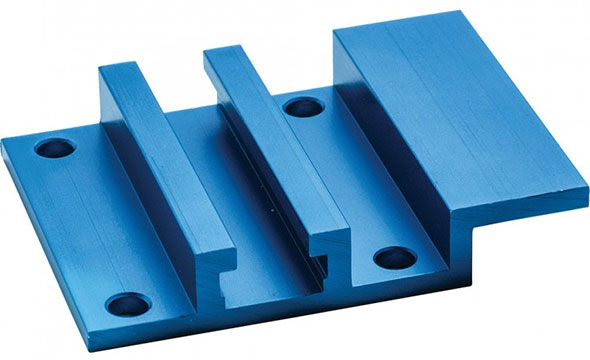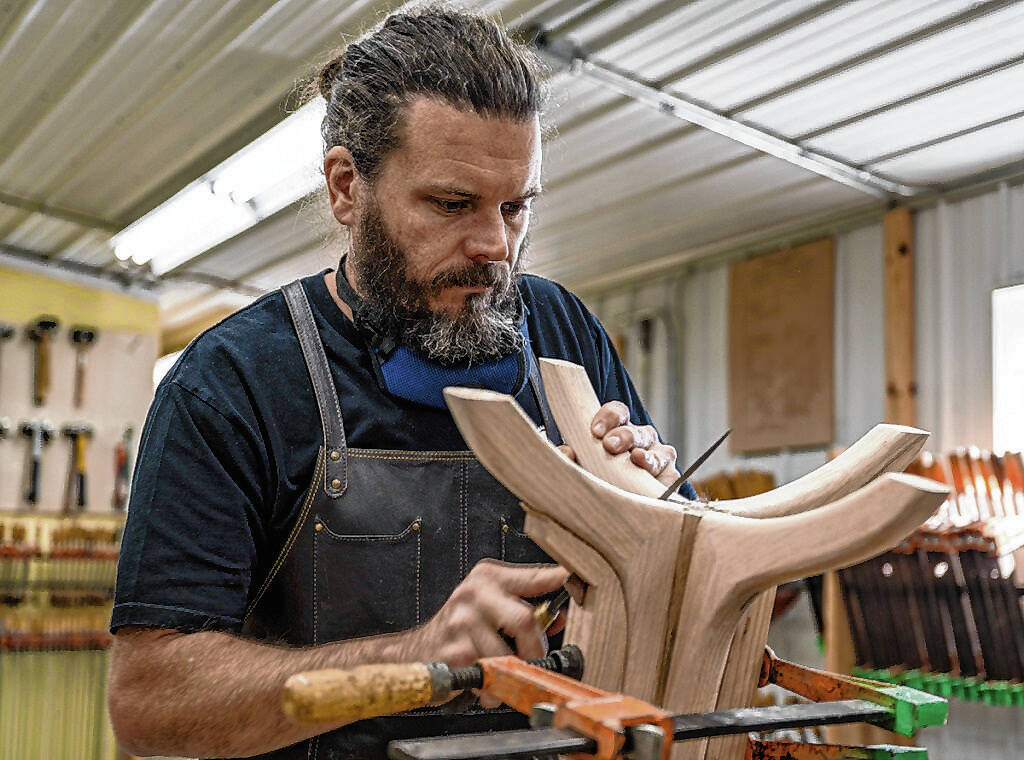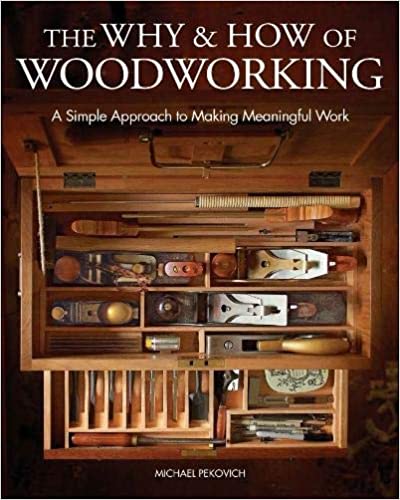
There are many kinds of joinery. They include the Pocket-hole joint, the Tongue groove joint, and Mitered butt joints. Let's take a closer view of them. Once you have a basic idea of what each of them does, you'll have no trouble building a beautiful table. This article will guide you through the most popular joinery wood methods. You will be more confident and informed about the benefits and their applications.
Joint mitered butt
The common type used to join wood pieces is called the miteredbutt joint. This joint uses two boards with 45 degree cuts on each end to form a corner at 90 degrees. This type of joint is also useful for irregular shapes. It is comparable to a traditional wood butt joints in strength. It isn't as strong as edge to edge joints.
The glue or nails can hold a mitered joint together. Before mitering, however, it is best to drill a pilot hole to prevent splitting. A pin nailer is another option. This pneumatic tool uses tiny brad nails as a way to keep the wood together. These nails are small and do not leave a head.

Joint with mitered groove
A mitered groove joint in joinery wood has a 45-degree angle between the two pieces of wood. You can create a miter joint by laying the two pieces of wood together, and cutting the grooves while the wood is still square. Making the cut while the wood is still square makes the job safer and much easier. After the grooves have been cut, insert a spline in the gap. You can glue, nail, or screw your spline to the gap.
The traditional biscuit joint can also be used in a Mitered groove joint. You create it by carving a groove on one of the pieces of wood and then glueing them together. This joint is often used with solid panels made from different kinds of wood. It is more difficult to see than a traditional wood joint because the joinery is invisible. It is important that you cut the biscuit joint from the same side of the wood as the one being joined.
Tongue and groove joint
While a tongue-and-groove joint in joinery timber is a popular construction, there are several ways it can be created. A table saw, for instance, is an excellent choice for this type of joint because it can create the joint with a single blade on the grooves and a dado stack in a single pass. A router table is faster and more efficient, and you can use matching bits to create a tight joint.
A tongue-and groove joint is a good way to connect different pieces of timber. This style of joint is common in high-quality cabinet work, but can also be found in other uses. This joint is used by some wood flooring as well as architectural panels, cabinet doors, and faces frames. You can even use this joint as a drawer track because it's so simple to assemble. You can also make your own tools if you don't feel confident or can't afford a joiner.

Pocket-hole joint
Wooden is the most common type for a pocket-hole joint. It can be used on two of three sides of the wood, which is the face and the edge grain. However, it can not be used on any end grain. For a perfect fit, it is essential to understand how pocket-hole joining works. For beginners, pocket holes joinery is a great way to make a joint.
A pocket-hole joint can be made by drilling a hole in a piece wood at least one-half inch deep. This tool allows you drill holes at an angle of 15o. To use a pocket-hole drill, you will need a cordless drill. You can also use a Pocket-Hole Jig such as the Porter Cable P560.
FAQ
Are you looking for tips to start a woodworking company?
It can be difficult to start a woodworking shop. You won't mind working hard if your hobby is something you love. You might even enjoy running your own business.
Remember that you may encounter unexpected problems when starting a new venture. You might run out unexpectedly of funds. Or you might find that your customers aren’t willing or able to pay as much you had hoped. These situations are necessary for survival.
It is a good idea to create a separate bank account just for your company. This will ensure that you always know how much money has come in.
What is the average time it takes to finish furniture?
It all depends on what type of wood you use, how complex your design is, and how much finishing you use. Hardwoods are more difficult to maintain than softwoods. Hardwoods also tend to be more expensive than softwoods. But they last longer and resist moisture better. The typical time taken to finish a piece furniture takes anywhere from one to three month.
What kind of tools are used to carpenters?
A hammer is the most commonly used tool by carpenters. A hammer helps to carpenter pound nails into the wood. A hammer is used to hold pieces together during a project. Other tools include clamps. pliers. screwdrivers. measuring tape. pencils. saws. drills. wrenches.
Statistics
- Most woodworkers agree that lumber moisture needs to be under 10% for building furniture. (woodandshop.com)
- Average lumber prices rose about 600 percent between April 2020 and May 2021. (familyhandyman.com)
- Woodworkers on the lower end of that spectrum, the bottom 10% to be exact, make roughly $24,000 a year, while the top 10% makes $108,000. (zippia.com)
- Overall employment of woodworkers is projected to grow 8 percent from 2020 to 2030, about as fast as the average for all occupations. (bls.gov)
External Links
How To
How to join hardwood without using nails
Woodworking is a hobby that many people enjoy doing. You can make useful items from wood with your hands, which is both relaxing and fun. However, there are times when you want to join two pieces of wood together without having to use nails. This article will demonstrate how to do so to preserve the beauty of your woodwork.
The first thing you'll need to do is cut off any rough edges from your pieces of wood before joining them together. Do not leave any sharp corners as they could cause problems down in the future. After you have completed this step, you are ready to glue your boards together.
If you are working with hardwood, only one side should be glue. If you're using softwoods like pine or cedar, you should put glue on both sides. Once you have applied the glue, press down on the boards until they are fully attached. Before moving onto the next step, make sure the glue has dried completely.
After you glue your boards together, drill holes at the joints where screws will be inserted. Depending on what type screw you choose, the size of these holes will depend on how big they are. If you plan to use a 1/2 inch wood screw, drill a hole at least 3/4 inches in depth.
Once you have drilled the holes, the next step is to drive your screws through the joint into the board's backside. Don't hit the board's surface. You could damage the finish. Try to not hit the ends of the screws when driving the screws. This will prevent the wood from splitting.
After your project is completed, you will need to protect it from the weather. To do this, you can seal the entire furniture piece or just cover the top. Either way, you'll want to use a product that will last for years to come. There are many options: oil-based varnishes; polyurethane; shellac; lacquer.
You can find these products at most home improvement stores. You should make sure you are getting the right type for the job. Remember that some finishes can be toxic, so you should not use them indoors. Always wear protective gear when handling any of these finishes.